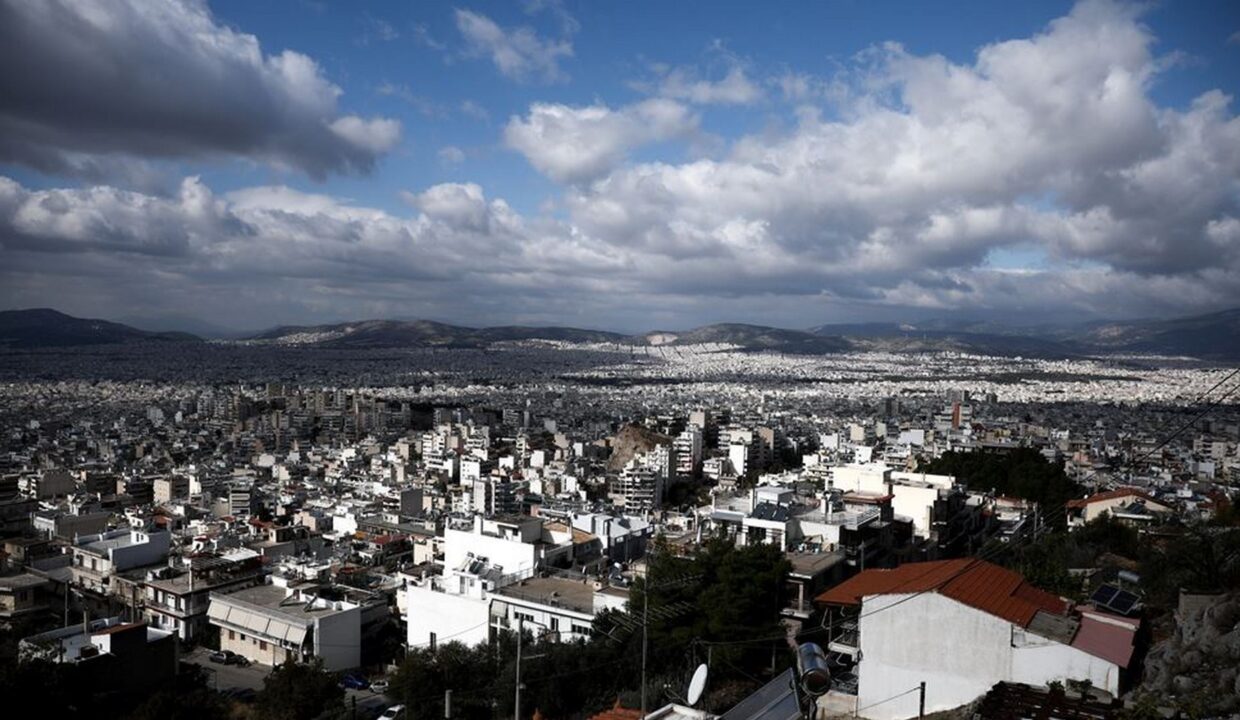
After the gradual withdrawal of industrial enterprises from the Renti, Tavros, Moschato and Eleonas districts, a large number of abandoned or dormant properties were created, some of which began to be used as cultural sites, while others were converted into commercial areas. At the institutional level, various renovation studies have been carried out over the decades, in line with land use legislation, identifying dozens of listed buildings, and within the framework set by the Athens-Attica Master Plan in 2014.
In this context, most of the major events were held by public organizations or non-profit cultural institutions. A typical example is the Technopolis in Gazi, which was founded on a symbolic former gas plant, transforming the whole area with dozens of bars, restaurants, nightclubs and theaters.
A little further on, there is the Benaki Museum in Piraeus Street, on the former industrial site of the Lada auto workshops. The School of Fine Arts was opened on the grounds of the former Sikiaridis textile factory, and the premises belonging to the Athens Festival are located in the former Tsaousoglou furniture factory. Also in Moschato “School”, which houses the drama school of the National Theater, was once the Sanita paper mill, whose brand still exists and has been taken over by the Sarantis group, which develops a series of home goods under its own brand, operating on private units. but far from the former industrial zone of Piraeus st..
However, the de-industrialization of the region continues today at the expense of companies that have ceased their activities. Before the closure of the Pizzos factory on Renti st. (the owner of BSH has not yet decided how to use or sell it), the DELTA ice cream factory in Tavros has been closed, while even ΕΛΑΙΣ-Unilever, which maintains production facilities at ul. Piraeus discontinued margarine production by selling the sector to Upfield.
In addition to the use by the state of real estate that came into its possession after the bankruptcy of the companies (expected to be done with the area of the former CHRO.PEI plant), several former industrial sites are being used for commercial purposes with a change in use.
More broadly, the old IZOLA electrical industry plant has been transformed into a mega supermarket owned by the Sklavenitis group. Much earlier, on the street. Piraeus in the warehouses was created by the first Factory Outlet by the Fais group (later it fell into the Folli Follie group). Almost opposite CHRO.PEI, the first Athenian IKEA was to be built, although the Fourlis group eventually created a commercial pole there with large leased chains such as Jumbo, LeroyMerlin and others.
In terms of new projects, the procedures for preparing a public-private partnership (PPP) tender for an innovation center to be created on the site of the old CHROPEI plant on Piraeus Street are advancing rapidly. According to Deputy Minister of Development H. Dimas, on the sidelines of the presentation of Elevate Greece, the goal is to identify a contractor during the third quarter of 2021 who will be called upon to renovate the old facilities of the plant, and then to operate it for 30 years (three construction and 27 operation). The € 58.5 million project, approved in April by the Inter-Ministerial PPP Committee, concerns the creation of an 18-acre innovation center on Piraeus Street, which housed the CHROPEI factory, which has remained unused for a decade of ’80.
In addition to the PPP model, large private investments are being prepared in the area by the VIOHALCO group, which, through its subsidiary Noval, will use the 72-acre site in Eleonas, where the group’s first plant was once located. This is an investment of 120 million euros to create the first supra-local pole of tourism and culture in the center of Athens (urban resort). Based on relevant research by ARIS Architects SA (A. Mitropoulos), two hotels, a park of over 30 acres, playgrounds, a museum, a technological research and development center, catering and recreation facilities, sports infrastructure and a rehabilitation center are planned on the territory. The use of culture will cover over 30% of built-up areas, and tourism infrastructure – 45%. In particular, the museum and the scientific and technical center will be located in buildings with an area of about 15-20,000 square meters, and another 25,000 square meters. will affect hotels. The investment has already received the green light from the inter-ministerial committee on strategic investments and provides for the creation of 800 new jobs. Already last month, an interagency committee approved the investment.
Finally, the ambitious plan for the renovation and utilization of the “old slaughterhouses” in Tavros by the Municipalities of Athens and Moschato-Tavros amounting to 200 million euros was presented in 2019 and concerned a grid of cultural and commercial uses in collaboration with individuals based on PPP model.
